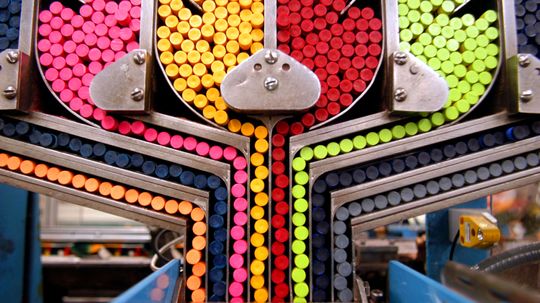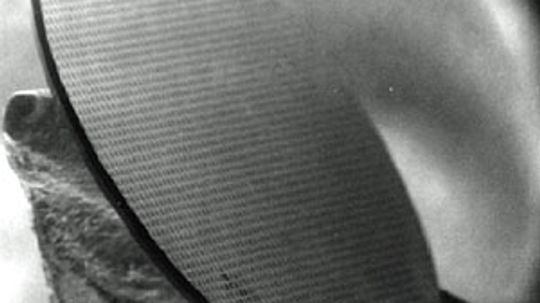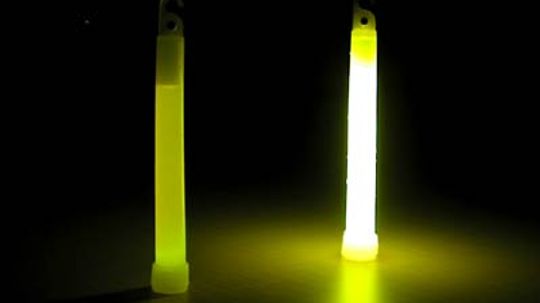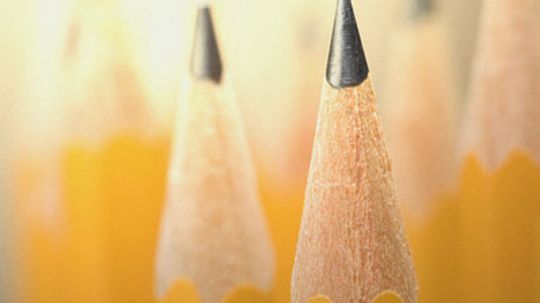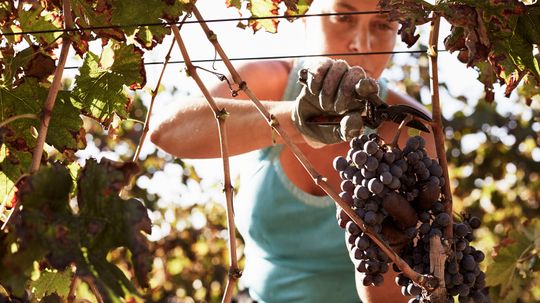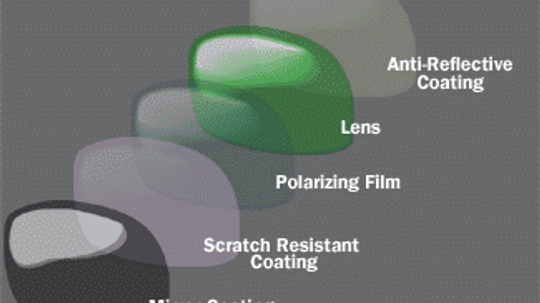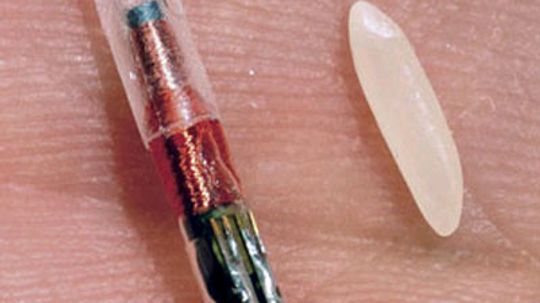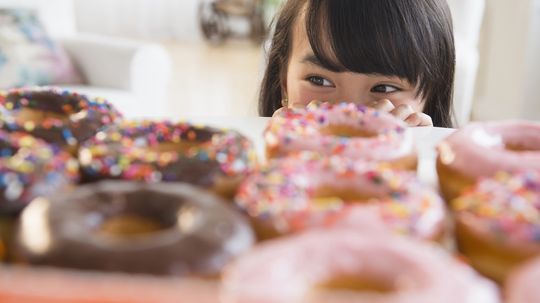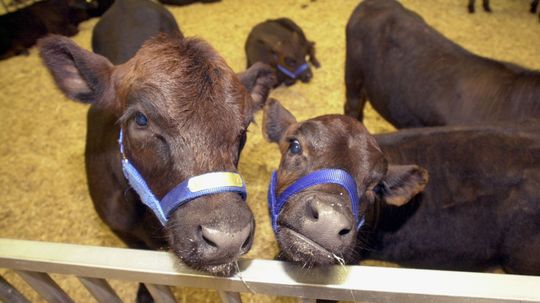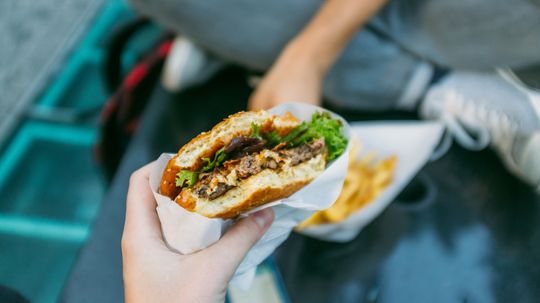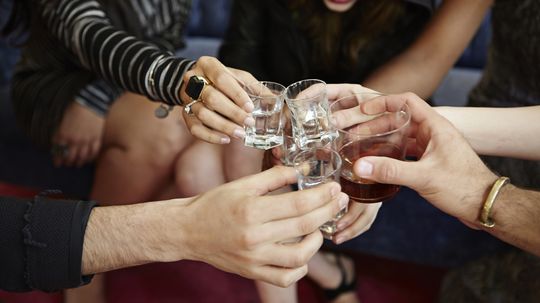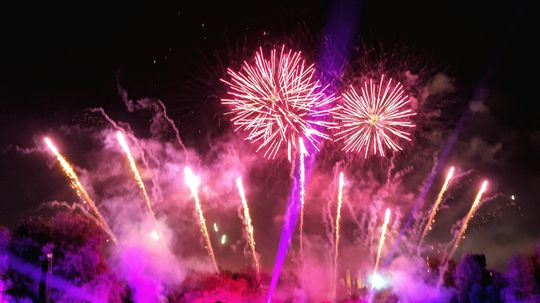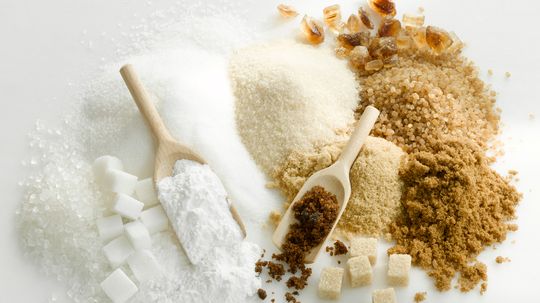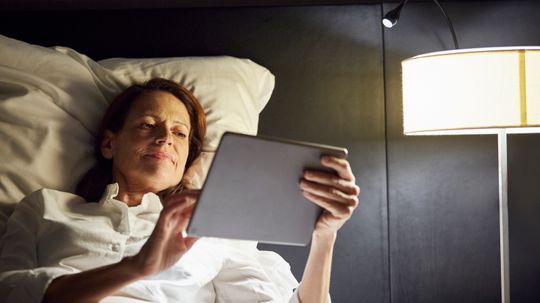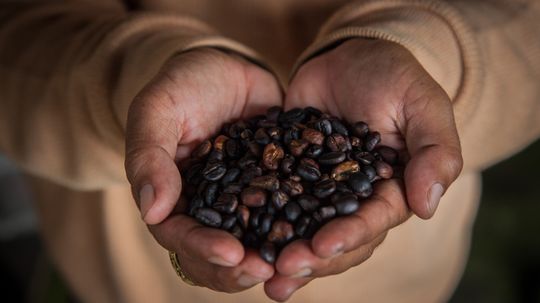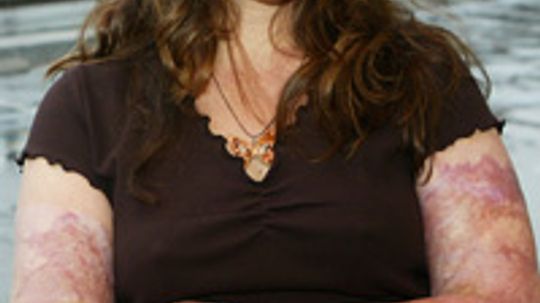Innovation
Do you know how common everyday items, such as mirrors, fireworks or sunglasses work? This collection of Innovation articles explores the workings of objects you may come into contact with on a regular basis.
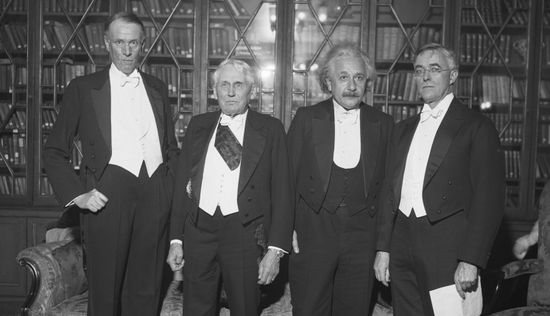
10 Nobel Laureates Whose Work Changed the World
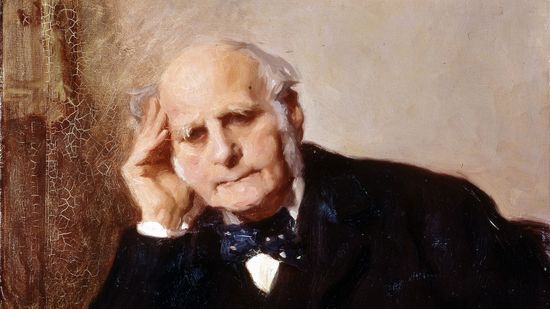
Eugenics Overshadows the Legacy of Scientific Genius Francis Galton
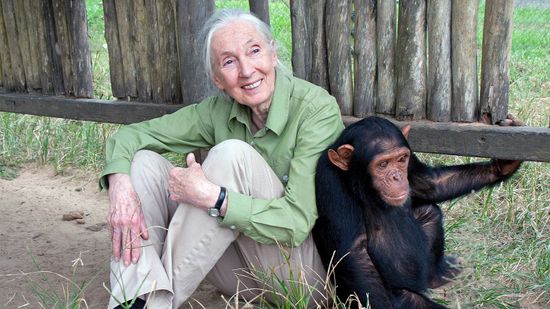
Jane Goodall: A Global Face for Global Peace

Who Made Fanta? Was It Really the Nazis' Favorite Soda?

'Mad Honey' Comes From Bees That Gather This Specific Nectar

Barrels and Barrels of Aged Beer

Who Invented the Toilet? A Brief History of the Flush

HowStuffWorks: How Porta Potties Work
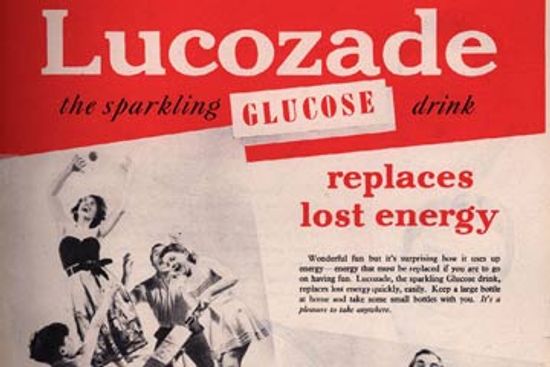
Who invented sports drinks?

Meet the Man Who Invented Cool Whip, Tang and Pop Rocks
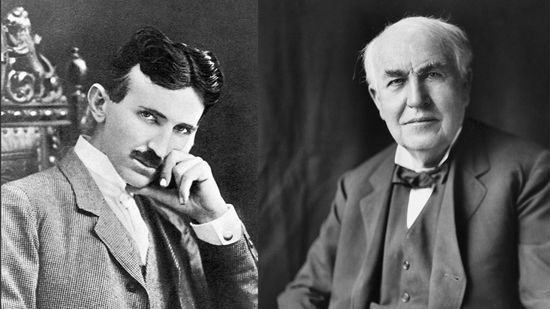
Thomas Edison vs. Nikola Tesla Quiz
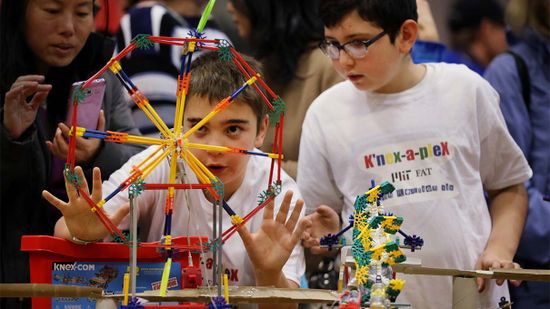
Rube Goldberg: The Man Behind the Ingenious Contraptions
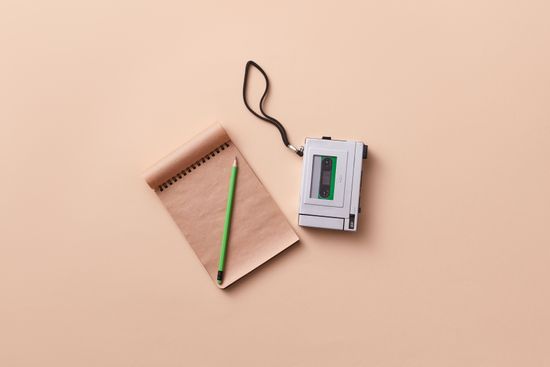
The Evolution of Dictaphones: A Comprehensive History

The Evolution of the Franklin Stove: From Invention to Modern Efficiency
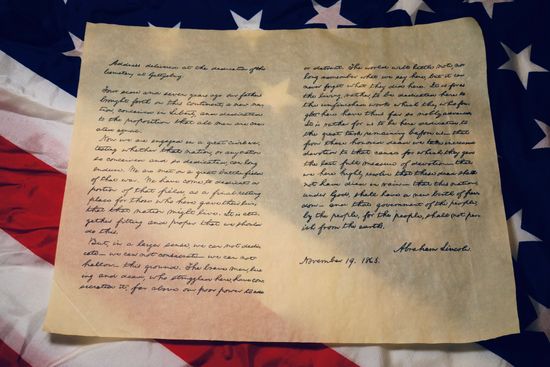
The Fascinating History of the Mimeograph Machine
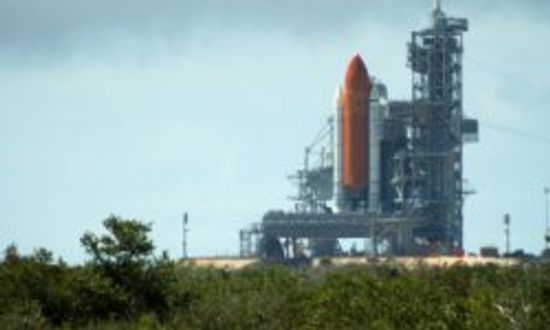
5 Green NASA Inventions

5 Types of NASA Technology in Your Attic
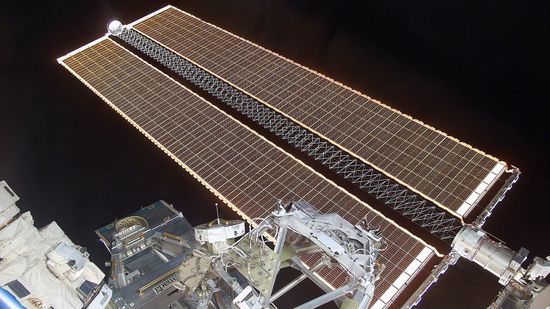
How Has NASA Improved Solar Energy?

How hard is the patent application process?

How to File a Patent
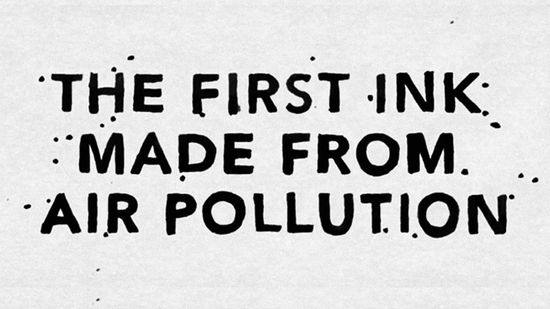
Turning Air Pollution Into Ink
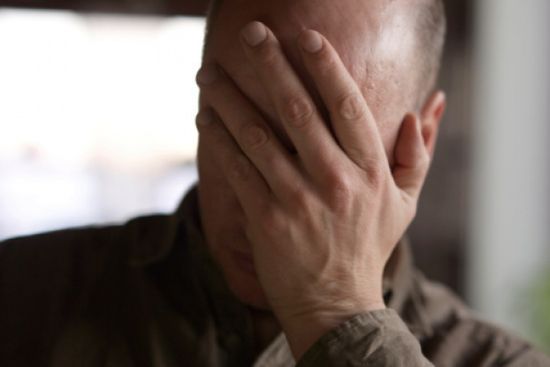
10 New Uses for Old Inventions

How Do QR Codes Work? 2D Barcodes Explained
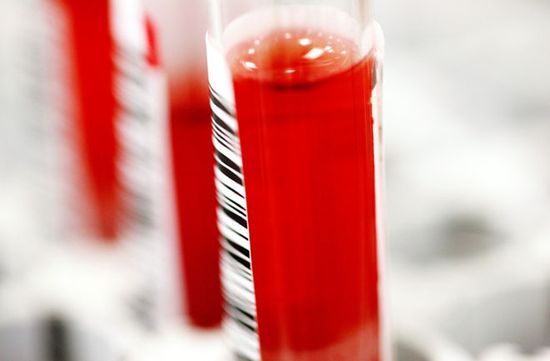
How can a bar code save your life?

Is it possible to fix a blown fuse with a chewing gum wrapper?
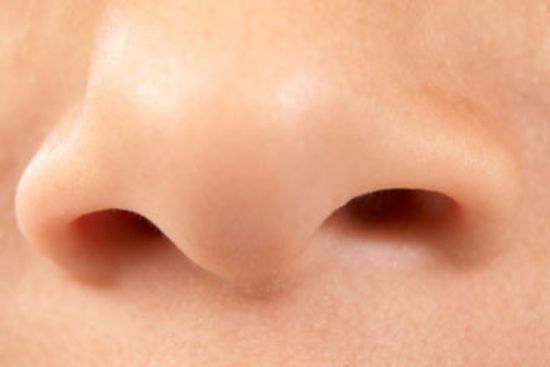
How do scratch-and-sniff stickers work?
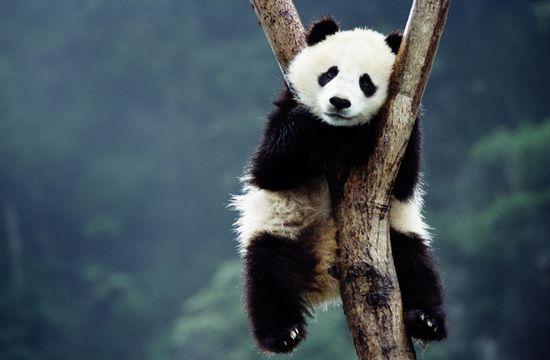
10 Oddball Questions Scientists Have Genuinely Tried to Answer

Why does a balloon stick to hair?

Why Do We Experiment on Mice?
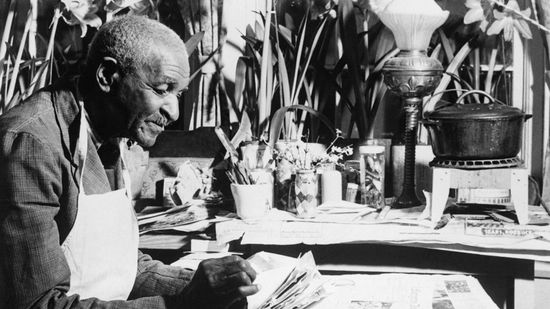
10 Black Scientists You Should Know
Learn More / Page 3
Crayola crayons have nurtured childhood creativity and remained safely edible for over 100 years. Now learn their story- how they originated in the 19th century, how they've changed, and we'll even tell you how old that familiar label is.
There was once no cure for blindness, but artificial vision systems implanted directly on the retina may restore sight. Is a silicon microchip the answer to combating retinal disease?
By Kevin Bonsor
You can find glow-in-the-dark item everywhere these days. Have you ever wondered how these items produce their light? Find out the answer to that question in this article.
Advertisement
Eyeglasses are one of the most common sights in the world. Learn what goes into creating the lenses and how to read an eyeglass prescription.
By Bob Broten
The lead in a pencil is not actually lead. It is a mixture of graphite and clay, but have you ever wondered how they get the lead inside a wooden pencil. Find out how pencils are constructed in this article from HowStuffWorks.
From Beaujolais to Bordeaux, Madeira to Merlot and Sancerre to Shiraz, wine can complement almost any food. And, one glass of red wine daily may be a heart-healthy habit. Learn how wine is made, from grapes to glass!
How does a Dippy Bird work?
Advertisement
Dissolvable stitches are a convenient medical marvel. How long does it take for stitches to dissolve?
My glasses have an anti-reflective coating. How does that work?
Pet microchips are supposed to ensure recovery of your lost animal. But these chips have received as much opposition as they have praise. Find out when the devices work and when they fail.
By Jane McGrath
As you surf the Web, your mind is distracted by the thought of warm cookies floating in cold milk. Will this craving ever subside, or do you need chocolaty satisfaction ASAP?
Advertisement
As you sink your teeth into a juicy hamburger, could you be consuming meat that came from cloned livestock? Will those condiments taste just as good on your genetically duplicated dinner?
When absinthe was banned in many countries in the early 1900s, it had really fallen out of favor. How does absinthe affect those who drink it?
By Julia Layton
Unless you're in a particularly remote area, you can't go far in most developed countries without finding a fast-food restaurant. Learn how fast-food restaurants came to be and why they're so popular.
What if we could enjoy all of the pleasurable effects of alcohol, without having to worry about the harmful side effects? Learn about synthehol and other alternatives to alcohol.
Advertisement
The ancient Chinese brought us many great innovations, including some that we take for granted in the modern world. Let's examine 10 of ancient China's greatest inventions.
By Josh Clark & Sascha Bos
Whether it's providing us with a quick dose of energy or satisfying a sweet tooth, we love sugar. But is sugar a good fuel for us and our cars?
For the backyard chef and the experienced foodie alike, nothing means luxury like a fine steak, with melt-in-your-mouth tenderness and rich flavor.
By Eleanor Duse
Touch-sensitive lamps is explored in this article from HowStuffWorks. Learn about touch-sensitive lamps.
Advertisement
Will slipping some java into a child's sippy cup result in an undersized tyke? An old wives' tale would have you believe so. Does coffee affect your measurements -- or does it just help you stay awake?
For such a pedestrian item, mirrors resonate deeply in the human psyche. They represent truth and illusion at the same time, and this dichotomy has shown up in literature time and again.
A burn injury is one of the most devastating things a body can endure, and until recently, a serious third-degree burn meant certain death. Skin grown in a lab (yes, you read that right) improves the odds.
If you had the perfect cure for world hunger, wouldn't you want to share it? A group called the Breatharians claims to have the answer: Stop eating.
Advertisement
Are you hungry for some nitro-scrambled egg-and-bacon ice cream? Did you want a little fried mayo on that sandwich? Molecular gastronomy has cast cooking in a new light and created some seemingly bizarre, but shockingly delicious dishes.
Like any quality-control system, peer review was designed to scrutinize all new scientific discoveries, ideas and implications. So how does flawed research still slip through the system of checks and balances?
